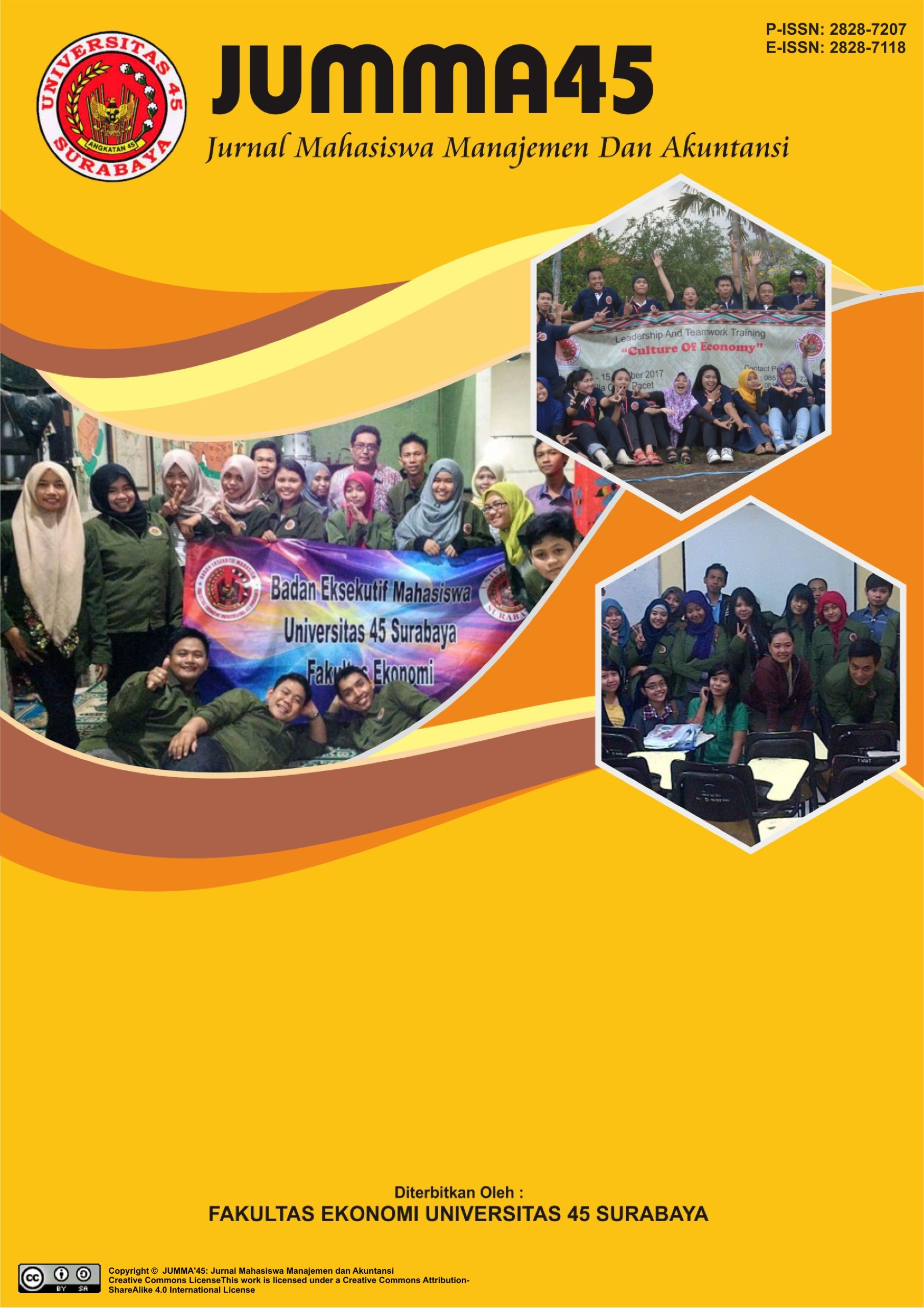Mind Over Stress: Membangun Lingkungan Kerja Positif dengan Manajemen Stres yang Efektif
DOI:
https://doi.org/10.30640/jumma45.v4i1.4285Keywords:
Stress, Work, ManagementAbstract
Workplace stress remains a critical issue undermining employee well-being and organizational performance. This qualitative study explores stress management strategies through the mind over stress lens, utilizing open-ended survey responses from employees to capture nuanced experiences. Key stressors identified include excessive workloads, rigid deadlines, and interpersonal conflicts, with coping mechanisms ranging from sleep to recreational activities. Findings reveal gaps in organizational support, particularly for young employees and those in supervisory roles. The study advocates for mental health programs, flexible work policies, and safer communication channels to transform stress into a manageable challenge. Emphasizing qualitative insights, this research highlights the need for culturally adaptive interventions in workplace stress management.
References
Bakker, A. B., & Demerouti, E. (2007). The job demands–resources model: State of the art. Journal of Managerial Psychology, 22(3), 309–328. https://doi.org/10.1108/02683940710733115
Beehr, T. A., & Newman, J. E. (1978). Job stress, employee health, and organizational effectiveness: A facet analysis, model, and literature review. Personnel Psychology, 31(4), 665–699. https://doi.org/10.1111/j.1744-6570.1978.tb02118.x
Cooper, C. L., & Quick, J. C. (Eds.). (2017). The handbook of stress and health: A guide to research and practice. Wiley-Blackwell.
Deci, E. L., & Ryan, R. M. (2000). The “what” and “why” of goal pursuits: Human needs and the self-determination of behavior. Psychological Inquiry, 11(4), 227–268. https://doi.org/10.1207/S15327965PLI1104_01
Ganster, D. C., & Rosen, C. C. (2013). Work stress and employee health: A multidisciplinary review. Journal of Management, 39(5), 1085–1122. https://doi.org/10.1177/0149206313475815
Hobfoll, S. E. (1989). Conservation of resources: A new attempt at conceptualizing stress. American Psychologist, 44(3), 513–524. https://doi.org/10.1037/0003-066X.44.3.513
Kahn, R. L., & Byosiere, P. (1992). Stress in organizations. In M. D. Dunnette & L. M. Hough (Eds.), Handbook of industrial and organizational psychology (2nd ed., Vol. 3, pp. 571–650). Consulting Psychologists Press.
Karasek, R., & Theorell, T. (1990). Healthy work: Stress, productivity, and the reconstruction of working life. Basic Books.
Lazarus, R. S., & Folkman, S. (1984). Stress, appraisal, and coping. Springer Publishing Company.
Maslach, C., & Jackson, S. E. (1981). The measurement of experienced burnout. Journal of Occupational Behaviour, 2(2), 99–113. https://doi.org/10.1002/job.4030020205
Quick, J. C., Cooper, C. L., Nelson, D. L., Quick, J. D., & Gavin, J. H. (2003). Stress and health: A leadership challenge. Kluwer Academic.
Robbins, S. P., & Judge, T. A. (2019). Organizational behavior (18th ed.). Pearson.
Schaufeli, W. B., Leiter, M. P., & Maslach, C. (2009). Burnout: 35 years of research and practice. Career Development International, 14(3), 204–220. https://doi.org/10.1108/13620430910966406
Shirom, A. (2003). Job-related burnout: A review. In J. C. Quick & L. E. Tetrick (Eds.), Handbook of occupational health psychology (pp. 245–264). American Psychological Association. https://doi.org/10.1037/10474-012
Sonnentag, S., & Fritz, C. (2007). The recovery experience questionnaire: Development and validation of a measure for assessing recuperation and unwinding from work. Journal of Occupational Health Psychology, 12(3), 204–221. https://doi.org/10.1037/1076-8998.12.3.204
World Health Organization. (2020). Mental health in the workplace. https://www.who.int/mental_health/in_the_workplace
Downloads
Published
How to Cite
Issue
Section
License
Copyright (c) 2025 Jurnal Mahasiswa Manajemen dan Akuntansi

This work is licensed under a Creative Commons Attribution-ShareAlike 4.0 International License.








